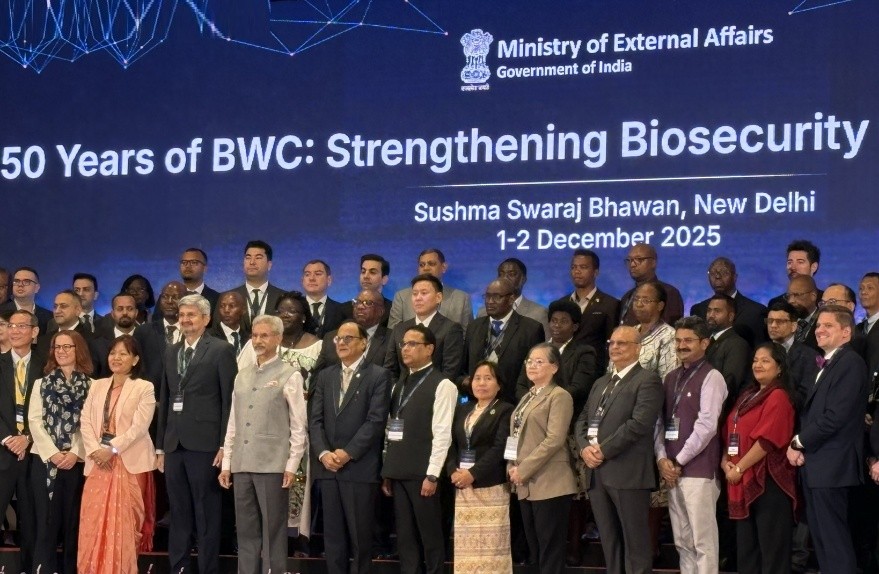Reforming the Criminal Justice system for Timely Justice
Context:
The brutal attack and murder of a woman doctor in Kolkata underscore the persistent violence and aggression women face.
- This incident, along with the staggering annual number of reported rapes in India, highlights the systemic failures across the criminal justice system—including the police, prosecution, courts, and prisons.
About Increasing crime against Women:
- Increase in Crimes Against Women: The crime rate per lakh women also increased from 56.3 to 66.4 during this period.
- In 2022, over 31,000 rapes were reported in India, compared to 25,000 annually around the time of the 2012 Delhi case, according to NCRB data.
- Global Perception: A 2018 Thomson Reuters Foundation survey ranked India as the most dangerous country for women, underscoring widespread concerns.
According to UN WOMEN, types of violence against women and girls:
About India’s Criminal Justice System:
Indian Police System
Challenges:
- Overburdened Force & Vacancies: India has 181 police per lakh people, below the UN’s standard of 222. A 24% vacancy rate leads to understaffing, overburdening officers, and poor investigation quality.
- Lack of Accountability & Professionalism: 86% of the force comprises constables with limited operational efficiency due to inadequate recruitment policies.
Government Initiatives:
- Legislative and Structural Reforms:
-
- Model Police Act, 2006: Aims to create a more accountable and professional police force, promoting functional autonomy and aligning state police laws with modern needs.
- Reforms: Following Supreme Court directives in Prakash Singh v. Union of India 2006, reforms like the State Security Commission and Police Complaints Authority were introduced to enhance accountability.
- The Justice Verma Committee report stressed the importance of police accountability, specifically requiring officers to register all complaints of sexual violence. It recommended legal consequences for any officer who fails to comply with this mandate.
- Modernization Initiatives:
-
- Modernization of Police Forces Scheme: Continuation of the MPF Scheme: The Modernization of Police Forces (MPF) Scheme, established in 1969-70, has been extended until 2025-26 with a financial outlay of ₹26,275 crore.
-
-
- Emphasises the use of technology like CCTNS and NATGRID for better data management and intelligence gathering.
-
- Community Policing and Engagement:
-
- Community Policing Models: Programs like Kerala’s Janamaithri Suraksha Project and Tamil Nadu’s Friends of Police foster collaboration between police and communities to solve crime-related issues and build trust.
- Women Representation: A push for at least 33% representation of women in the police force, with initiatives like establishing all-women police stations in every district to improve sensitivity and responsiveness.
- SMART Policing: The government promotes a “SMART” police force—Strict and Sensitive, Modern and Mobile, Alert and Accountable—to enhance overall effectiveness and public perception.
Indian Prosecution System:
Challenges
- Understaffing and Resource Constraints:
-
- The number of prosecutors has not kept pace with the growing caseload, with over 5 crore pending cases in Indian courts as of 2023.
- The 2nd ARC noted that prolonged delays in the criminal justice system, with cases often taking years or even decades to be resolved, lead to a significant erosion of public trust.
- Inefficiency and Delays:
-
- The prosecution process is slow, contributing to significant case backlogs. As of July 2023, 87.4% of pending cases are in subordinate courts, with 1,82,000 cases pending for over 30 years, violating the right to a speedy trial.
- Political Interference and Corruption:
-
- Transparency International reported that 62% of people encountered corruption during interactions with law enforcement.
Government Initiatives
- Reforms and Legislative Changes:
-
- New laws, like the Bharatiya Nyaya Sanhita, aim to modernise the criminal justice system by mandating forensic examinations and setting time limits for prosecution stages.
- Focus on Technology and Digitalization:
-
- E-prosecution systems in many states digitise case records, enable online document filing, and facilitate virtual hearings, streamlining the prosecution process.
- Capacity Building Initiatives: Mentorship programs help junior prosecutors learn from experienced colleagues.
- Improving Coordination:Police-Prosecution Coordination Committees at state and district levels enhance collaboration, regularly reviewing cases and addressing challenges.
- Addressing loopholes in the Indian Forensic system leading to increased prosecution rate.
|
Challenges Faced by the Indian Forensic System
Government Initiatives
|


